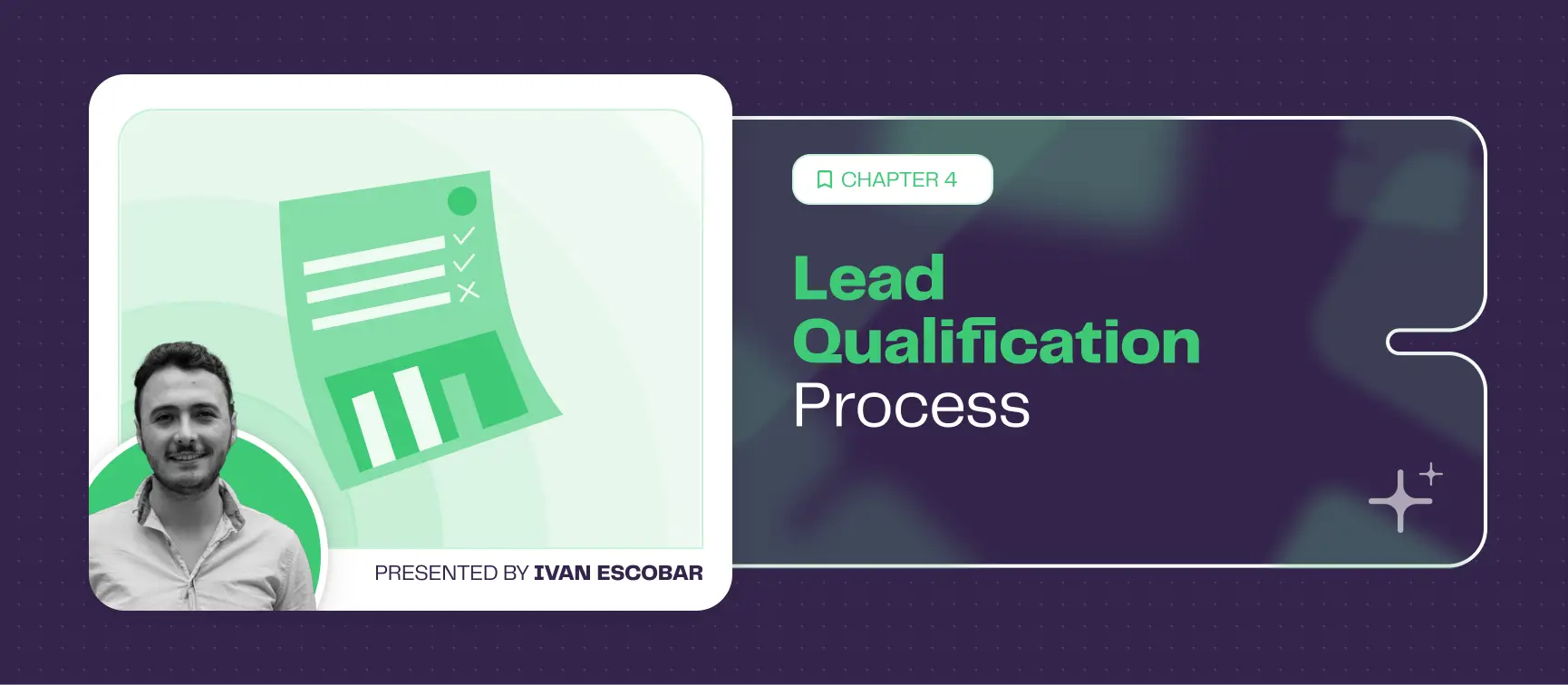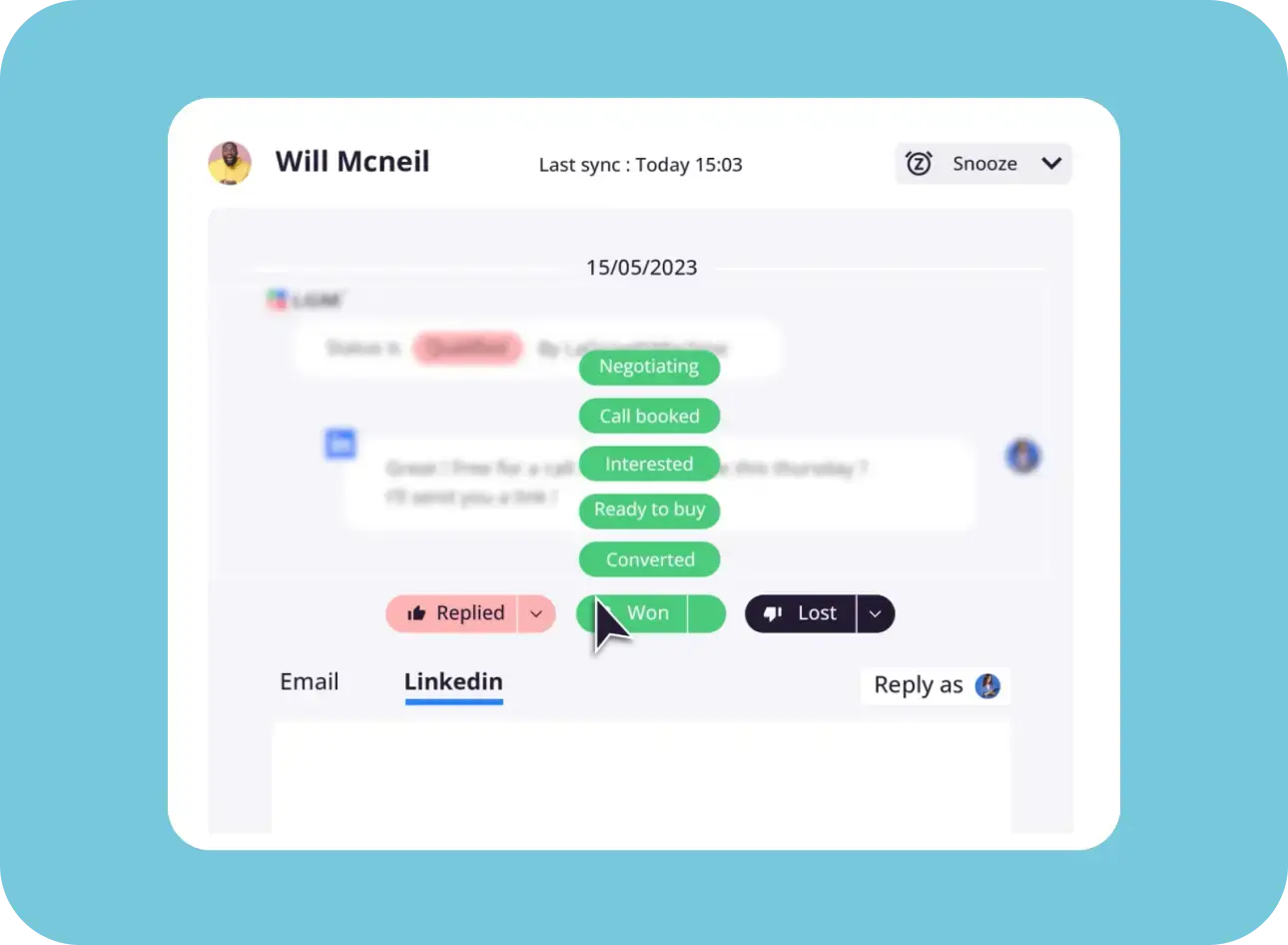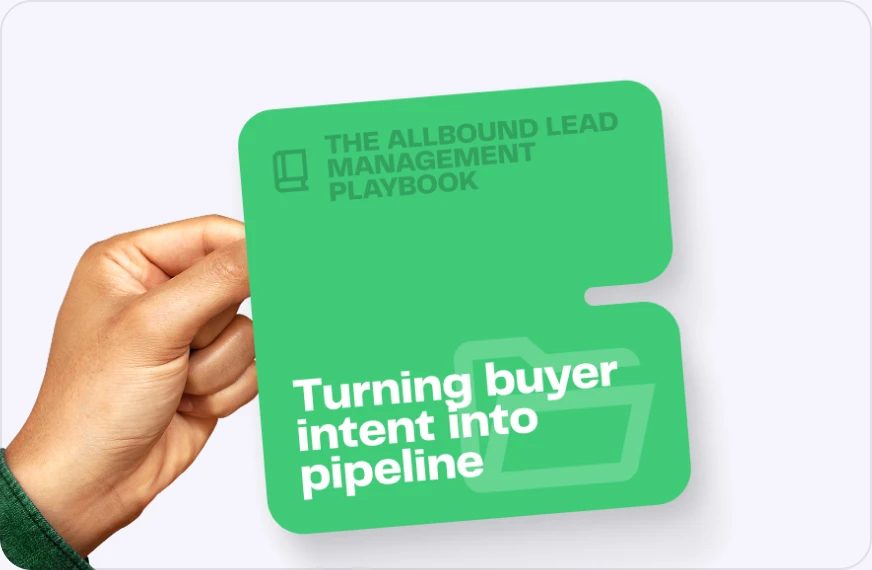
It’s Monday morning. You’ve got a fresh batch of leads in your CRM, a cup of coffee in hand, and a headache brewing. Why? Because deep down, you know most of those leads aren’t going anywhere.
That’s where lead qualification comes in.
It’s not about running through a spreadsheet. It’s about slicing through the noise, finding the people who are actually ready to buy, and aligning your outreach with real intent, not wishful thinking.
What is lead qualification?
Lead qualification is the process of figuring out which prospects are worth your time right now. It’s how you distinguish between a curious visitor and someone genuinely ready to move. And it’s how you stop chasing ghosts.
Done right, it immediately answers a few critical questions:
- Who’s a Marketing Qualified Lead (MQL)?
- Who’s a Sales Qualified Lead (SQL)?
- And who should we just… let go?
But beyond acronyms, qualification gives you clarity on what to prioritize, where to allocate effort, and when to push and when to step back.
And the benefits? They’re real.
You deliver a better experience by not flooding inboxes with misaligned messages. Your close rates climb because your sales team isn’t stuck educating people who are still solving their problems.
Your marketers get to craft content that lands because it speaks to the right pain, at the right time. Your data quality improves because you’re not cluttering the funnel with fluff.
In short, qualification makes your business sharper, faster, and more profitable.
And if you’ve been through the previous chapters (you have been following along, right?), you already know it’s tightly connected to your lead scoring strategy.
3 things to lock down before you qualify anything
Before assessing whether a lead is “hot” or “not,” there are three non-negotiables.
You need to:
- Know your ICP and buyer persona cold (see Module 1).
- Identify your leads—who they are, where they live, and what they need.
- Score them based on fit, behavior, and timing.
We’ve covered all three in detail earlier in the Academy, so that we won’t rehash it here, but seriously, don’t skip this. Without that foundation, your qualification efforts will collapse like a cold outbound campaign without personalization.
The 4 lead qualification frameworks every sales org should know
There’s no shortage of frameworks, but these are the four you’ll want to use. Whether you’re selling SaaS to mid-market teams or high-ticket services to enterprises, these give you the structure to stop guessing and start qualifying.
BANT: the fast filter
BANT is the sales world’s oldest friend. It’s quick, easy, and gets straight to the point.
Are they ready to buy?
- Budget → Can they pay for it?
- Authority → Are you talking to the right person?
- Need → Is there a real problem?
- Timeline → How soon are they pulling the trigger?
It’s clean, efficient, and perfect for situations where you need a go/no-go within minutes.
But it also has blind spots. It doesn’t tell you why they’re buying. It skips over nuance. It can also make you overlook leads who are early-stage but worth nurturing.
Use BANT when speed matters more than nuance. It’s the qualification equivalent of a gut check.
CHAMP: challenge-first selling
CHAMP shifts the lens. Instead of “Can they buy?” the question becomes: “Do they need to?”
That subtle flip changes everything.
- Challenges: What’s broken, what’s painful?
- Authority: Who can fix it?
- Money: Is there a budget behind the pain?
- Prioritization: How urgent is this problem?
CHAMP is ideal when your entry point is a pain point. You’re not just checking boxes; you’re framing the conversation around solving real issues. It’s a great way to build trust before the sales pitch begins.
Use CHAMP when your solution requires education or urgency is your biggest lever.
MEDDIC: the favorite in B2B
MEDDIC isn’t a framework—it’s a discipline.
If your sales cycle involves multiple stakeholders, demo loops, legal reviews, or custom pricing… This is your blueprint.
It goes deep:
- Metrics: What ROI are they chasing?
- Economic Buyer: Who signs off?
- Decision Criteria: What boxes must be ticked?
- Decision Process: How exactly is that decision made?
- Identify Pain: What’s hurting, specifically?
- Champion: Who’s fighting for you internally?
MEDDIC is heavy-duty. It’s not something you run casually in a discovery call. But when looking at 6-figure ACVs or multi-month cycles, nothing beats it for forecasting accuracy and sales alignment.
Warning: It’s not light. But it works, especially in enterprise and complex B2B.
GPCTBA/C&I: the modern all-rounder
HubSpot’s hybrid framework might have a clunky name, but it’s built for how modern buyers behave.
It blends goal-setting, challenge mapping, and consequence thinking into a structured, yet flexible conversation.
- Goals: What are they trying to achieve?
- Plans: What are they doing to get there?
- Challenges: What’s getting in the way?
- Timeline: Is there a sense of urgency?
- Budget + Authority: Same as usual.
- Consequences & Implications: What happens if they don’t fix this?
What’s smart about this one? It bakes in emotional and logical triggers. It gives your reps tools to position value and risk. And it aligns perfectly with consultative sales plays and solution-led marketing.
Use it when your product is part of a bigger transformation, not just a point solution.

So... which qualification framework should you use?
Here’s the truth: You probably need to mix and match.
Maybe your SDRs start with BANT to filter fast. Then your AEs bring in MEDDIC to go deep with decision-makers. You might blend CHAMP with GPCTBA when talking to pain-driven buyers in fast-moving markets.
That’s the beauty of frameworks: they’re not laws. They’re tools. Take what works. Leave what doesn’t. Build your playbook.
And don’t be afraid to take the A/B test. Run one framework with 20 leads, see how it performs, adapt, and then scale.
The best part? You don’t have to do all this manually.
La Growth Machine helps you build automated workflows that blend scoring, qualification, and sequencing while tracking real-time signals across channels.
You spot buying intent. You respond with relevance. And your lead list becomes a revenue list.

Takeaways
Lead qualification isn’t just a checkbox—it’s the engine behind a smarter, faster, and more focused sales process.
When you implement the right frameworks, here’s what changes:
- You stop wasting time on leads that were never going to buy.
- Your outreach becomes sharper, your conversations more relevant.
- Your pipeline gets cleaner, and your forecasts more reliable.
- Your team spends less time chasing and more time closing.
The results? Higher conversion rates. Bigger deals. More predictable revenue.
So take these frameworks, make them your own, and embed them into your daily process. It’s not about adding extra steps, it’s about removing the wrong ones.
Work smarter. Close faster. And scale what works.
